Properly preparing your skin for red light therapy is essential to maximize the treatment’s effectiveness and ensure safety. This non-invasive treatment uses specific wavelengths of red and near-infrared light to stimulate cellular regeneration, boost collagen production, and address concerns like wrinkles, acne, and inflammation. To fully reap these benefits, your skin must be ready to absorb the light without barriers. Below is a detailed guide on how to prepare your skin, compiled from expert recommendations.
Cleanse Your Skin Thoroughly
Before starting your red light therapy session, especially if you're dealing with acne, it's essential to cleanse your skin thoroughly. Removing makeup, dirt, and excess oil ensures that your skin is a clean canvas, allowing the red light to penetrate effectively. Use a gentle cleanser suited to your skin type to maintain the skin's natural barrier and prevent irritation. Aim to use a cleanser that is gentle yet effective, removing impurities without stripping your skin of its natural oils or disrupting its microbiome. We recommend our Hydrating Gel Cleanser, which is formulated with a blend of prebiotics and probiotics that work together to nourish and support your skin's natural barrier. It includes Pro-Vitamin B5, a humectant that helps retain moisture to keep your skin feeling soft and looking supple.
Ensure Skin Is Dry
Dry the skin: Ensure your skin is dry as moisture can reflect light, which might reduce the effectiveness of the treatment. After cleansing, pat your skin dry with a clean towel. Avoid rubbing, as this can irritate sensitive skin. Like dirt and other impurities, moisture can also act as a barrier, preventing the light from penetrating effectively. Once your skin is dry, you're ready for your Red Light Therapy session.
Avoid Light-Blocking Products
Avoiding light-blocking products like makeup or mineral sunscreens is the key to the therapy's benefits. Makeup creates a physical barrier on the skin. This can stop the light from penetrating into deeper layers. Makeup products containing mineral pigments can also reflect or absorb red light. This interference diminishes the therapy's impact, potentially delaying desired outcomes. To achieve the best results, cleanse the skin thoroughly to ensure an unobstructed pathway for the light. Sunscreen is one of the most important parts of many people’s skincare routines, however, before undergoing red light therapy, it’s best to avoid applying it. This product is designed to block ultraviolet A (UVA) and ultraviolet B (UVB) light, and can also hamper the red and near-infrared lights used in red light therapy. To ensure the skin receives the full strength of the treatment, remove any sunscreen or makeup infused with sunscreen beforehand.
Skip Harsh Actives and Exfoliants
No photosensitizing agents: Avoid skincare products that contain ingredients which might increase photosensitivity. These include certain antibiotics, retinoids, and some essential oils like bergamot or citrus oils. Avoid using exfoliating products like AHAs, BHAs, or retinoids immediately before red light therapy, as these can make your skin more sensitive to the light. The most important thing to keep in mind, however, is to avoid changing up your skin care routine right before your first red light therapy treatment. If these ingredients are already a part of your existing routine, you can continue using them—but it’s best not to introduce any new products to your skin right before your appointment, as there is always a risk of adverse reaction to product you’ve never used before.
Consider Gentle Exfoliation (Optional)
Exfoliation isn't a daily necessity, but fitting it in once or twice a week before your therapy can do wonders. By sloughing off dead skin cells, you can let your skin absorb the light more effectively. Dead skin cells on the epidermis can prevent the skin from absorbing nourishing ingredients from skincare products. This affects the flexibility, strength, and collagen production of your skin before the treatment. A lack of exfoliation can also mean another barrier for red light to penetrate - making it a worthwhile consideration to use gentle exfoliants, such as BHAs and AHAs, to remove dead skin cells and gunk on the skin. On the other end of this spectrum, you should avoid using aggressive exfoliants to avoid excessive irritation to the skin’s naturally protective barrier of oils and healthy dermis.
Use Targeted Serums (Optional)
You can also apply a light serum with Vitamin C before red light therapy to boost its effects. Using a Vitamin C serum before red light therapy can boost collagen production and provide additional antioxidant protection. Ensure it’s fully absorbed before starting the treatment. I have heard applying a green tea serum about 30 minutes before red light therapy can help amplify the results. I have mixed reviews about it but it can’t hurt. Yes, green tea toner applied before red light therapy is something which is highly recommended in various studies.
Remove Jewelry
Remove jewelry: Any metal on or near the area to be treated should be removed to avoid reflections or heating effects. This ensures the light targets your skin without interference from reflective surfaces.
Protect Your Eyes
Red light therapy deals with visible light, which can hurt your eyes, so it’s a good idea to protect them by keeping them closed or covering them with specialized goggles, a cloth, or an eye mask. Your best bet, however, is to use a device that has built-in eye protection features. It is important to wear eye protection during sessions to prevent potential eye damage.
Maintain Your Regular Skincare Routine
Most of the preparation for red light therapy involves nourishing the skin with skincare products consistently, as an adapted routine before the treatment itself. As you prepare for your treatment, it’s okay to follow your usual skincare routine in the days leading up to red light therapy. Maintaining your regular skincare routine in the days leading up to your session is important, but be gentle with your skin. Avoid aggressive exfoliants or treatments that could cause irritation, and limit sun exposure to prevent sensitivity.
Skincare Products & Their Impact on Red Light Therapy
Certain skincare products can influence how effectively red light therapy penetrates the skin and interacts with your cells. Some products enhance the benefits of PBMT, while others can interfere with its effects. Let's explore the key factors to consider:
Makeup & Sunscreen
Products containing sunscreen can block specific light waves. While sunscreen is designed to block ultraviolet A (UVA) or ultraviolet B (UVB) light, it can also obstruct the red and near-infrared LED lights used in red light therapy. To ensure optimal results, removing makeup and sunscreen before your session is advisable.
Anti-Aging Products
Red light therapy can reduce the appearance of fine lines, particularly around the eyes. Using an anti-aging cream or serum post-PBMT may accelerate results. Look for products containing peptides, retinol, vitamin C, or argan oil for the best outcomes.
Salicylic Acid & BHAs
These ingredients can penetrate deeply into the skin to clear clogged pores, reduce inflammation, and exfoliate dead skin cells. They complement red light therapy effectively, especially for individuals with sensitive skin who prefer non-chemical treatments for acne.
Retinol
Also known as vitamin A, retinol is a common ingredient in anti-aging products. Applying retinol after a red light therapy session can enhance your skincare routine, promoting cell growth and replacement. However, avoid using retinol before your PBMT treatment, as it can lead to unexpected skin reactions.
Face Massagers & Rollers
Electric and mechanical massagers and rollers stimulate blood circulation and relieve facial muscle tension. These tools can also help deliver moisturizers deep into the skin, reducing wrinkles and enhancing collagen production.
Check out our red light therapy devices:
- https://bontanny.com/collections/bontanny-professional-series
- https://bontanny.com/collections/bontanny-portable-series
- https://bontanny.com/collections/bontanny-remote-control-series
Additional Tips
Another step you can take to prepare your skin for red light therapy is to use a face massager or face roller in the hour or so leading up to your appointment. Increased blood circulation allows nutrients and your white blood cells to travel faster and easier. As red light stimulates your skin cells’ mitochondria and increases energy production, it improves your blood flow. You can get your blood flowing with face rollers and massagers before the treatment to enhance the results of your red light therapy.
FAQs
1. Can I apply moisturizer before red light therapy?
No, it’s best to avoid moisturizers before the session, as they can create a barrier that reduces light penetration. Clean, dry skin is ideal. After the session, you can apply a lightweight, hydrating moisturizer to lock in benefits.
2. How often should I exfoliate before red light therapy?
Gentle exfoliation once or twice a week is sufficient to remove dead skin cells and enhance light absorption. Avoid daily or harsh exfoliation, as it can irritate your skin and increase sensitivity.
3. Is it safe to use red light therapy if I’m on retinoids?
If retinoids are part of your regular routine, you can continue using them in the days leading up to therapy, but avoid applying them immediately before a session. Retinoids can increase skin sensitivity, so consult a dermatologist if you’re unsure.
4. Should I do red light therapy in the morning or at night?
The best time depends on your schedule and goals. Morning sessions can boost energy and mood, while evening sessions may promote relaxation and better sleep. Ensure your skin is clean and product-free regardless of timing.
5. Can I use red light therapy every day?
Yes, daily use is generally safe, especially with at-home red light therapy, but start with shorter sessions (10-15 minutes) every other day to see how your skin responds. Follow device instructions and consult a professional for personalized advice.
Related articles recommended:

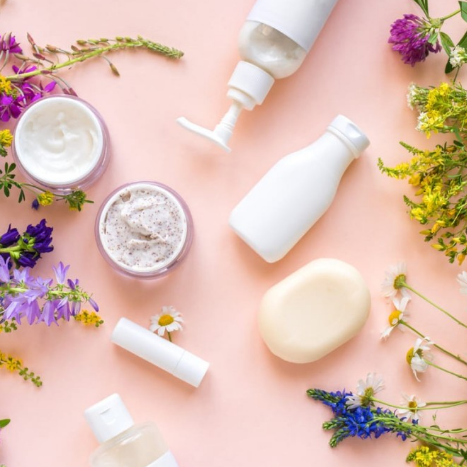
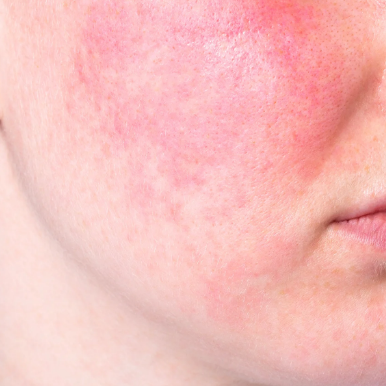
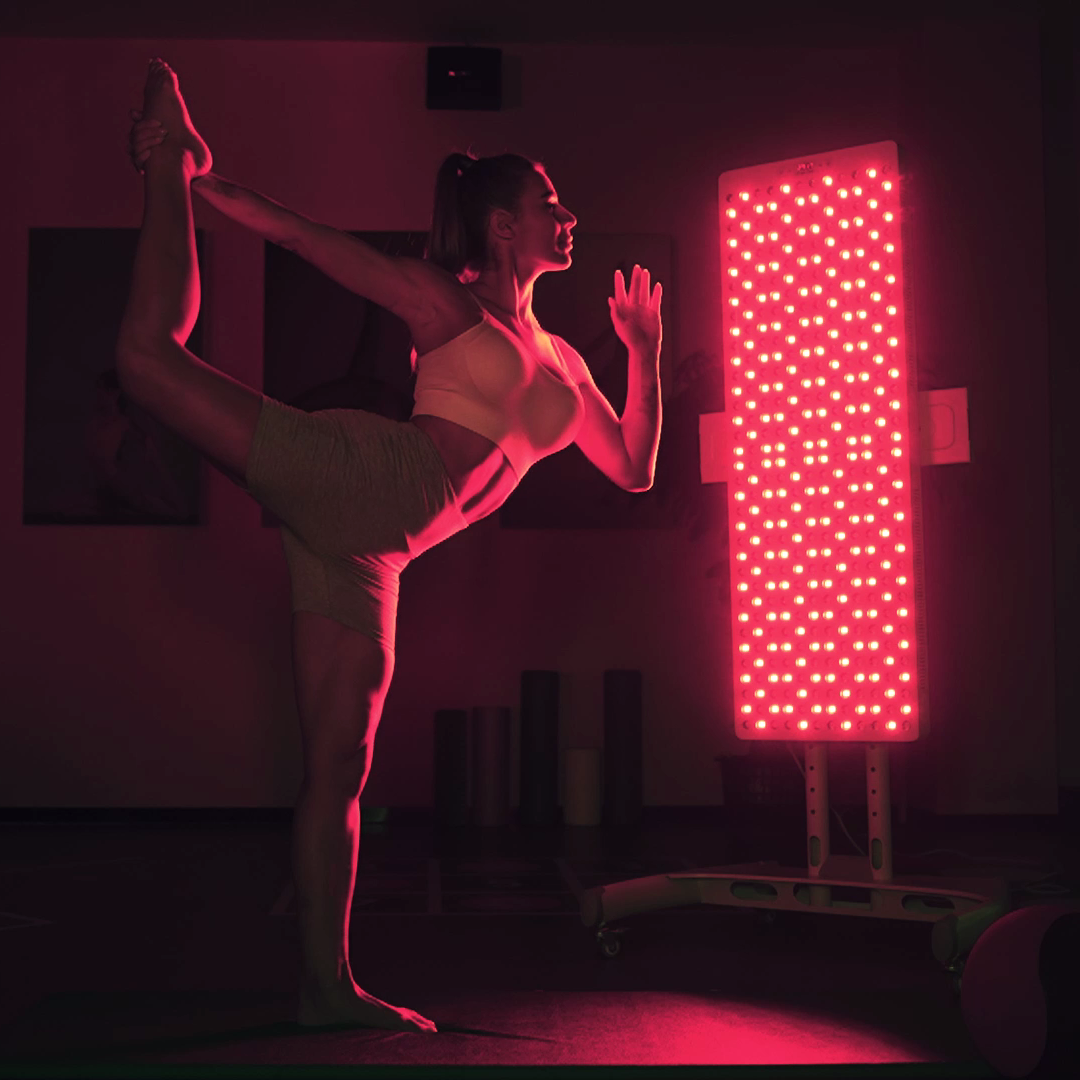


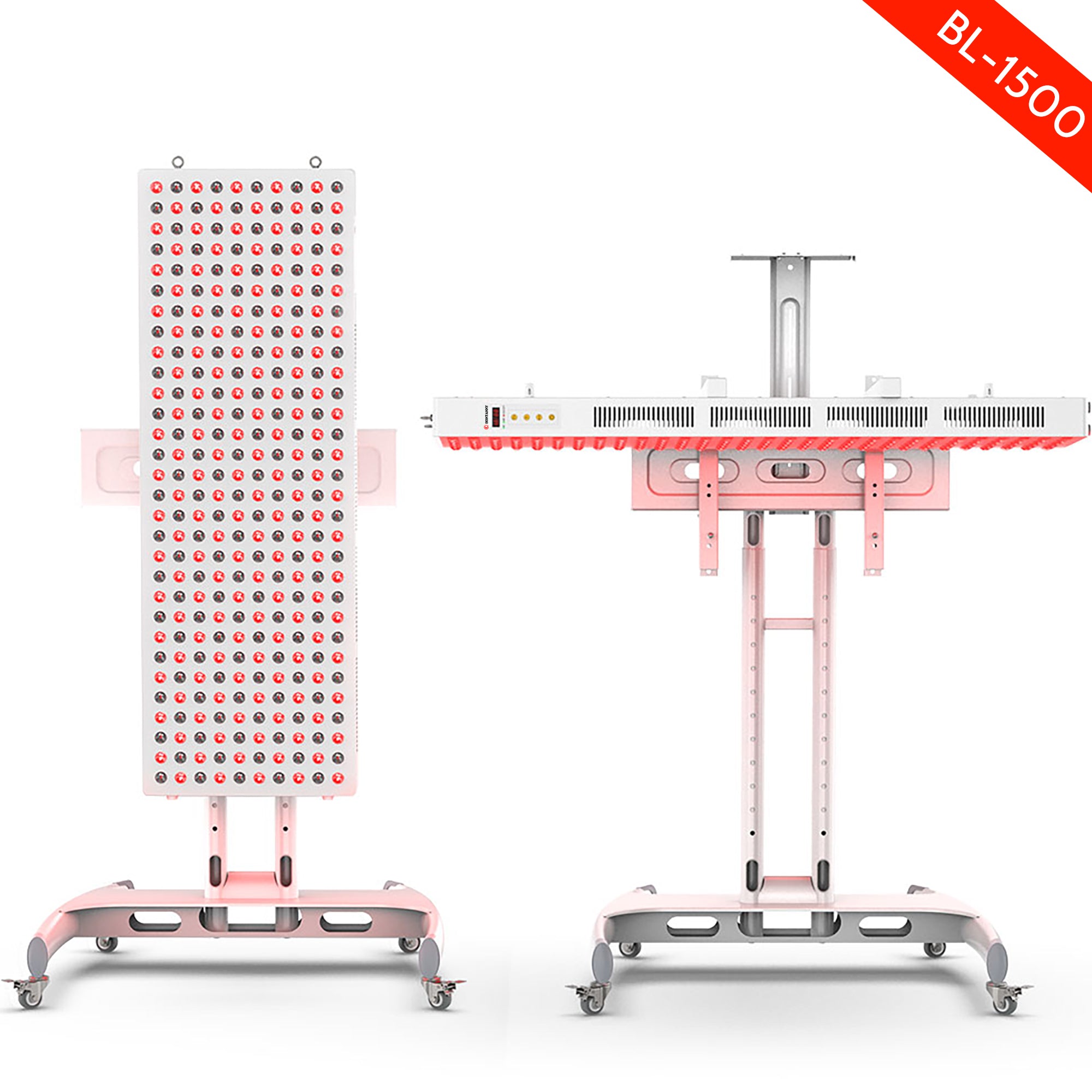
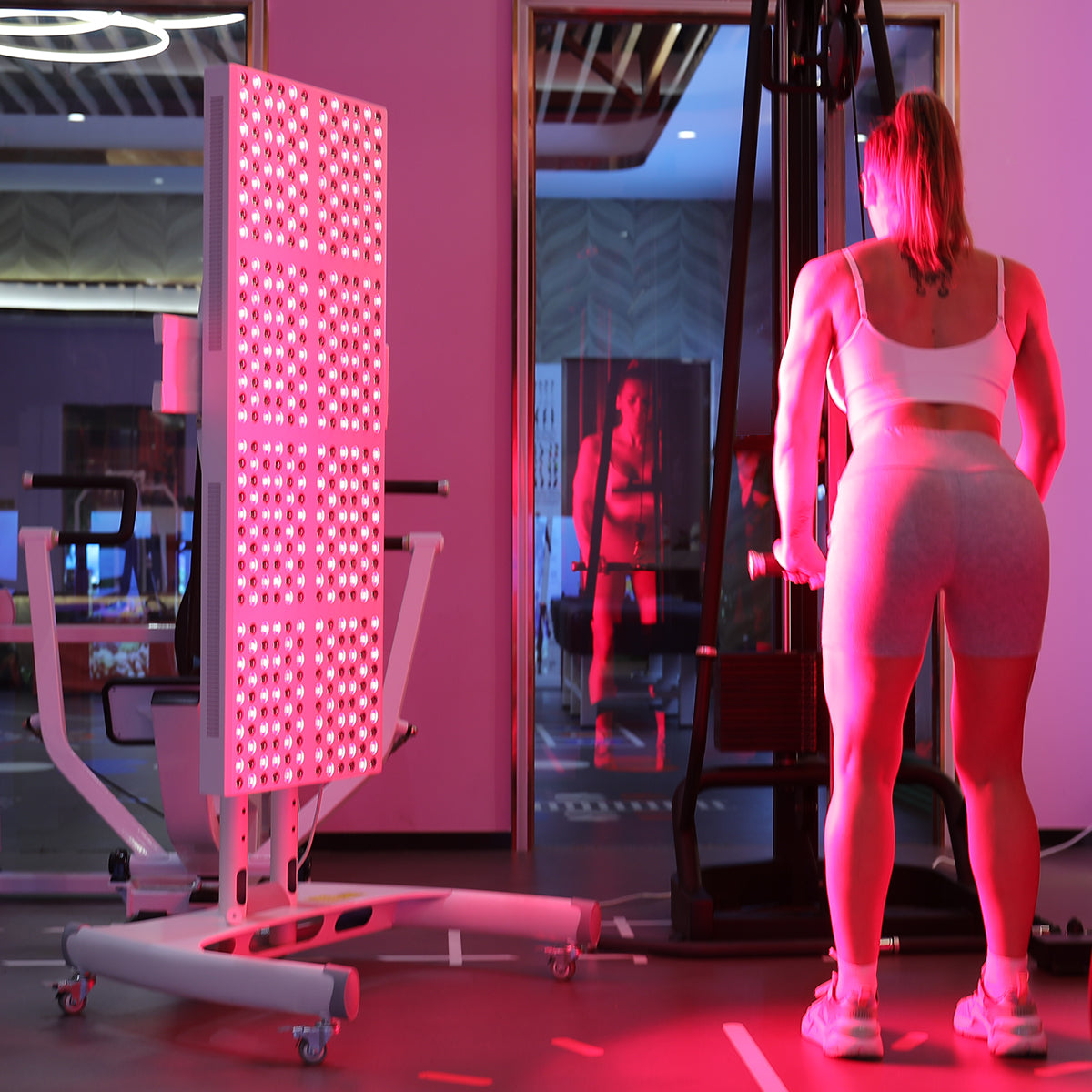

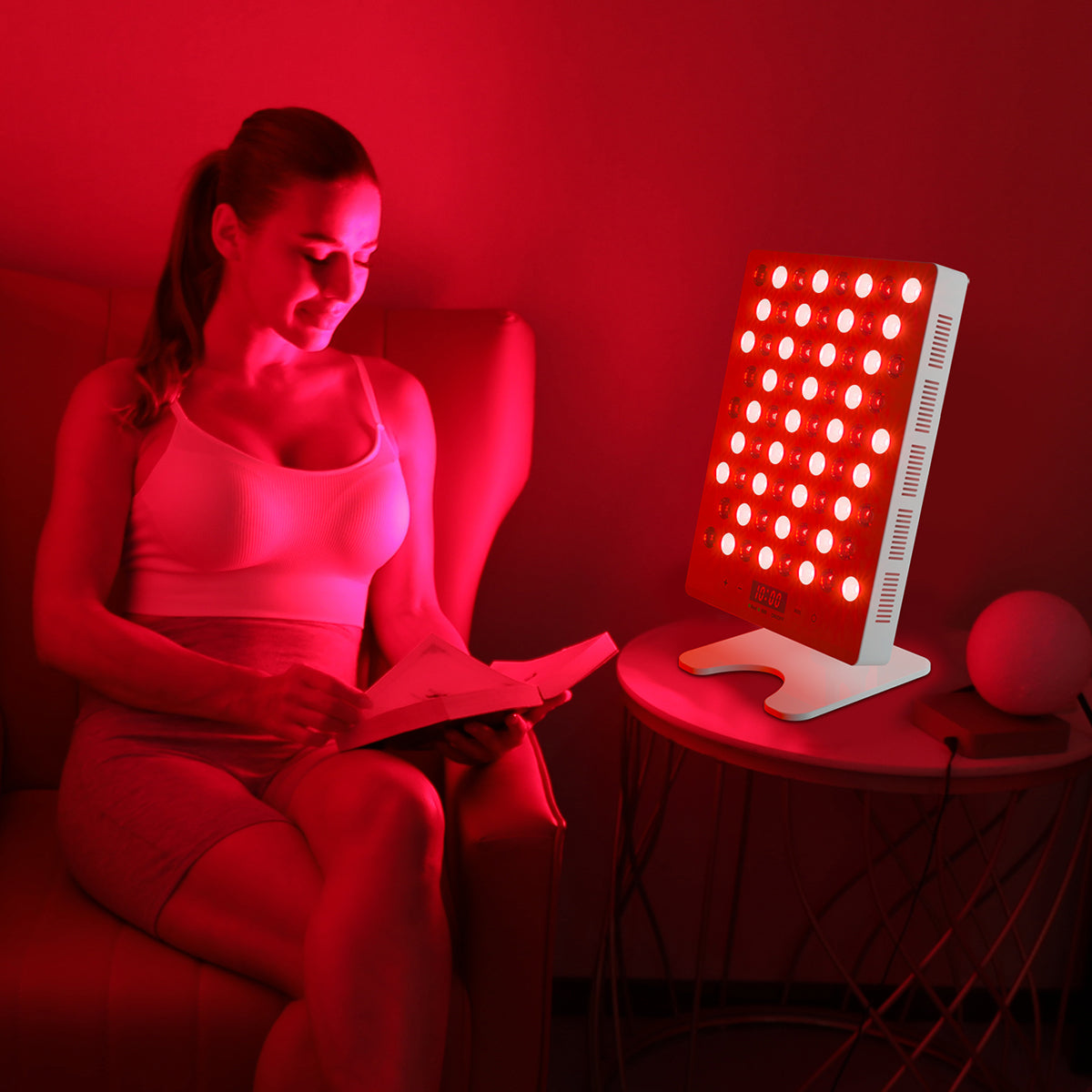
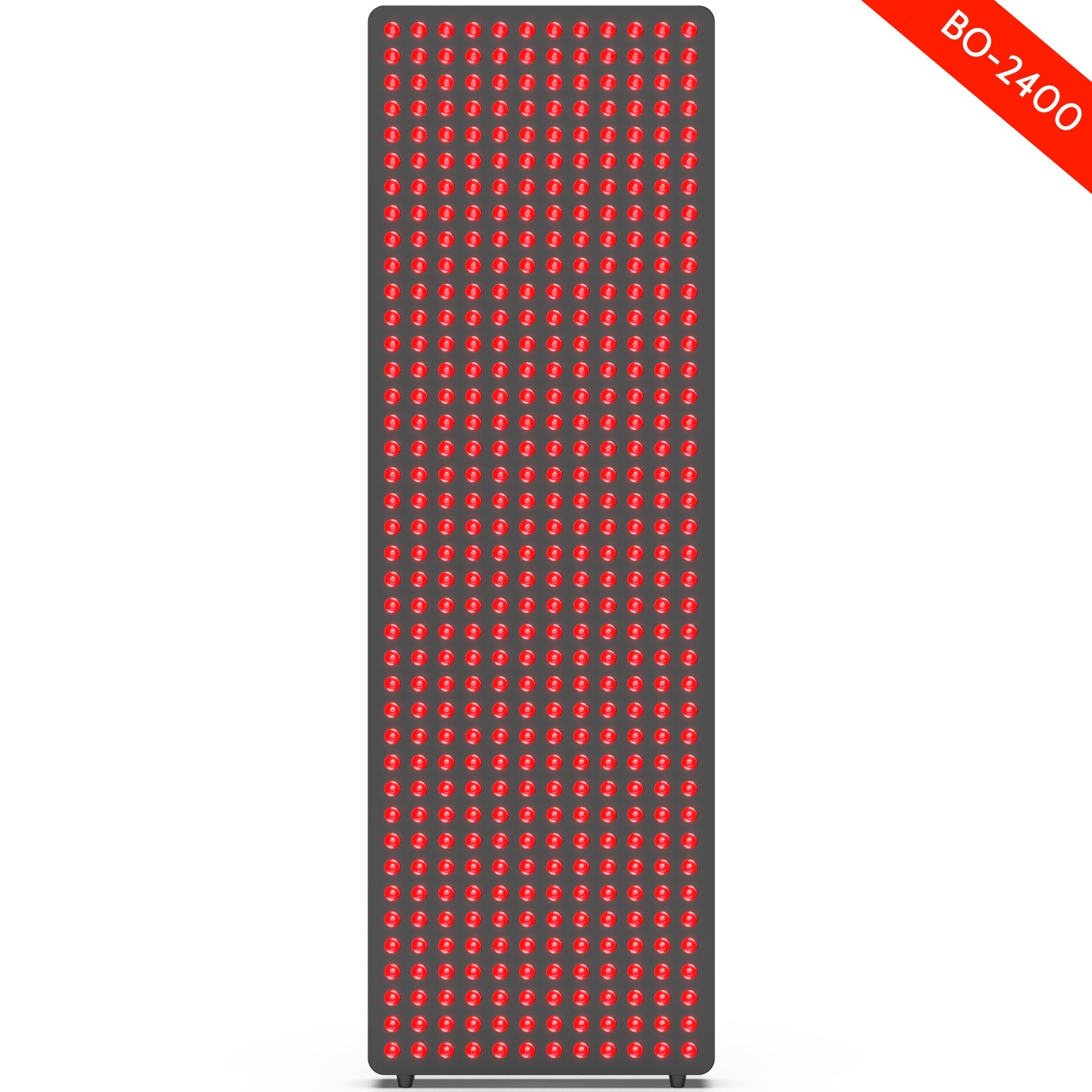
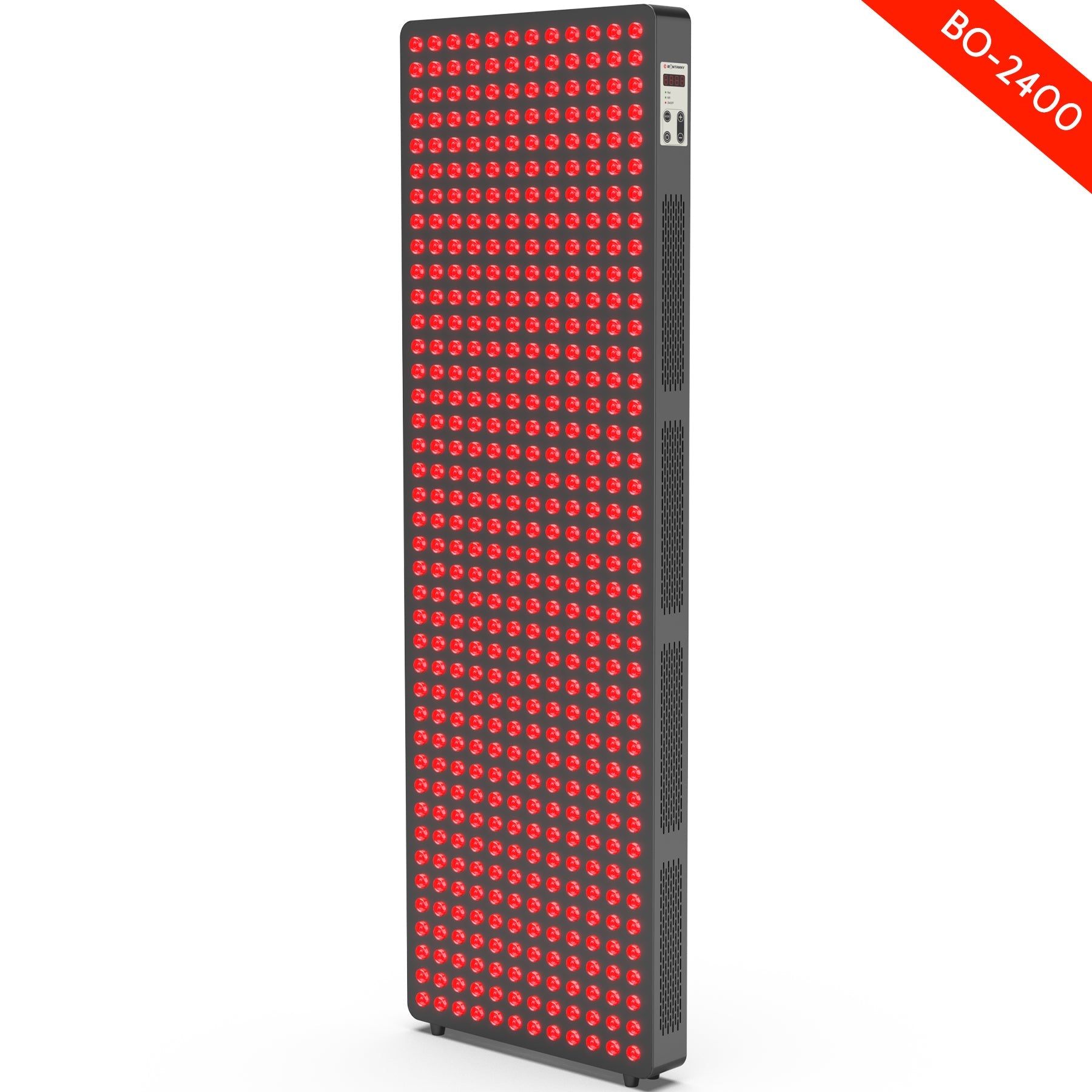
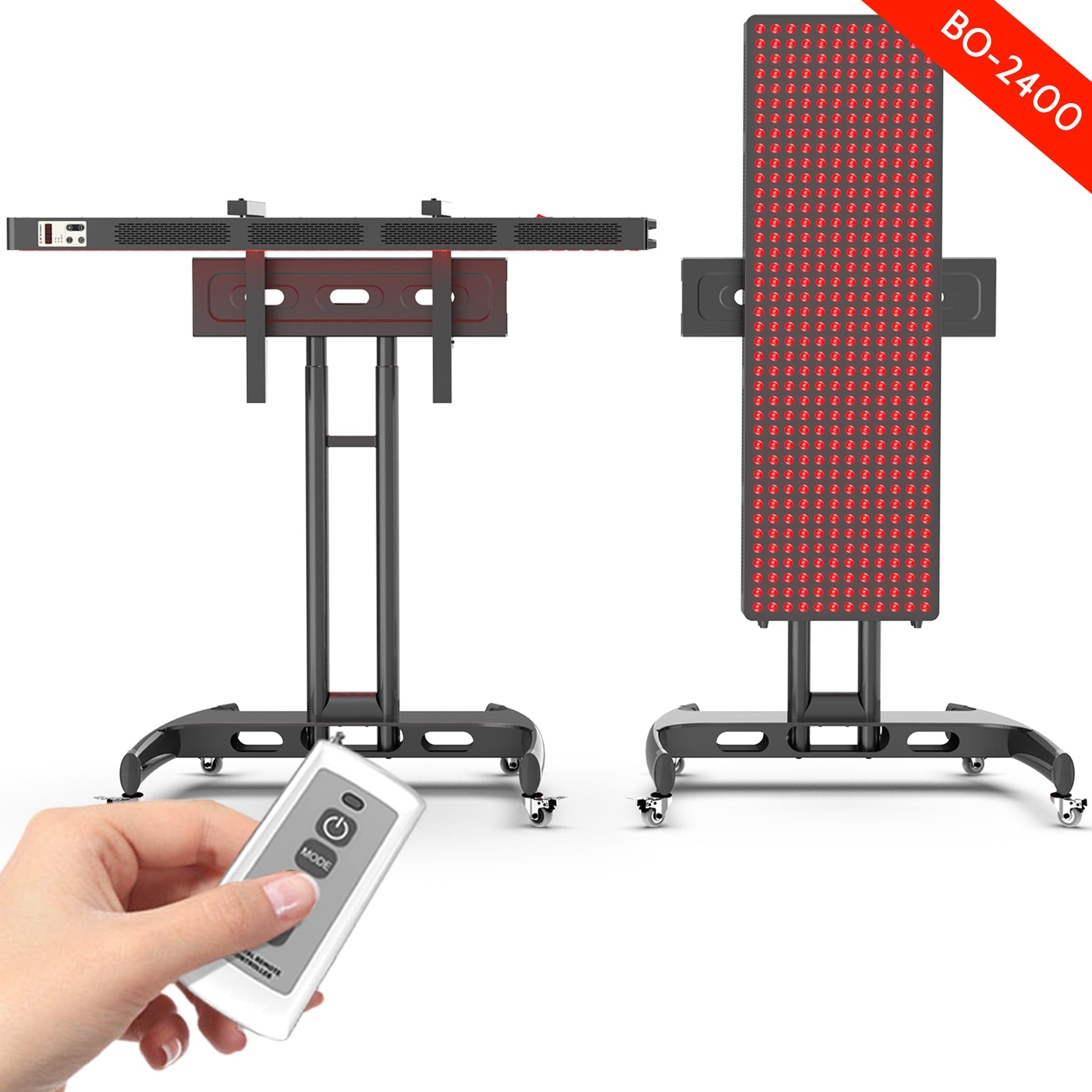


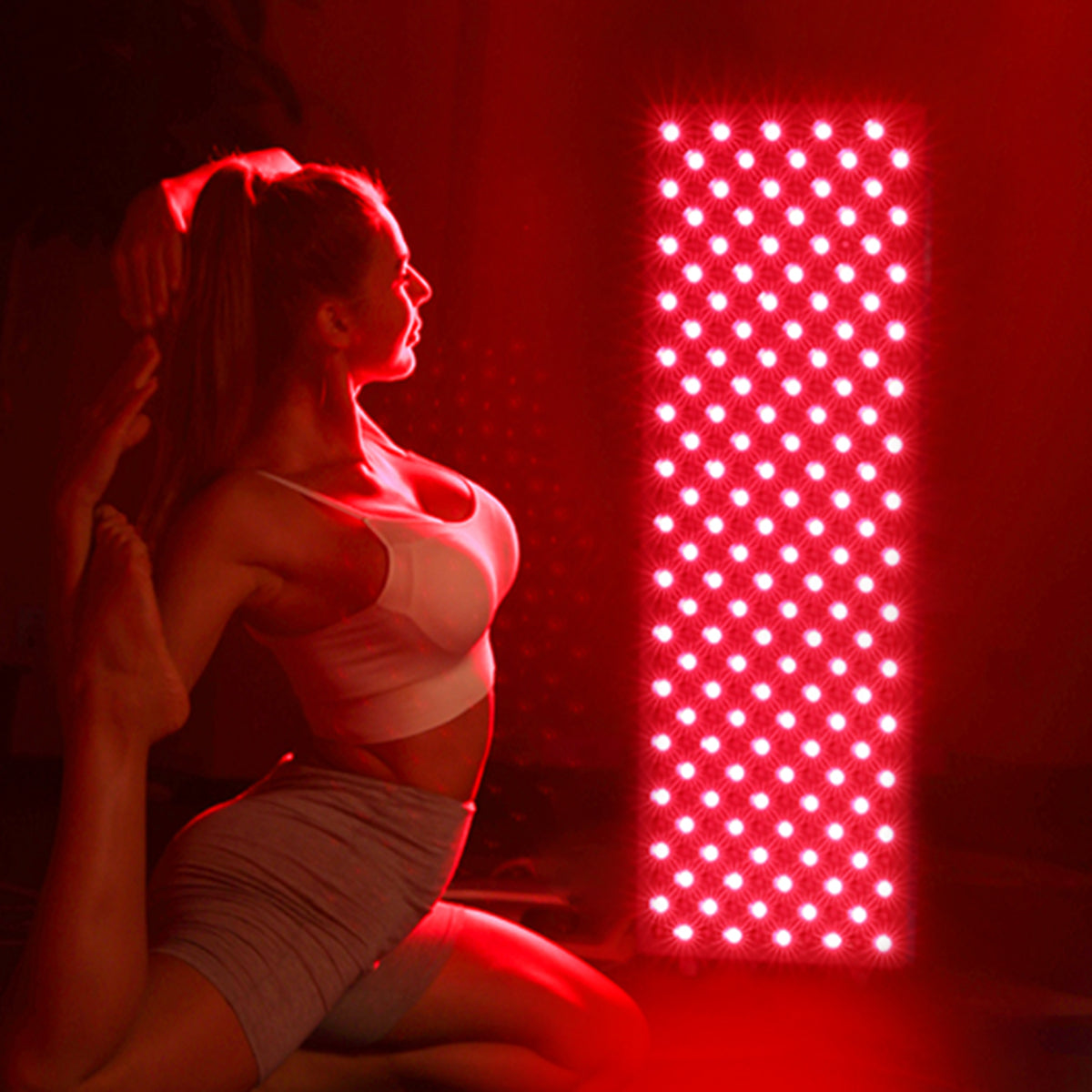
Leave a comment
This site is protected by hCaptcha and the hCaptcha Privacy Policy and Terms of Service apply.